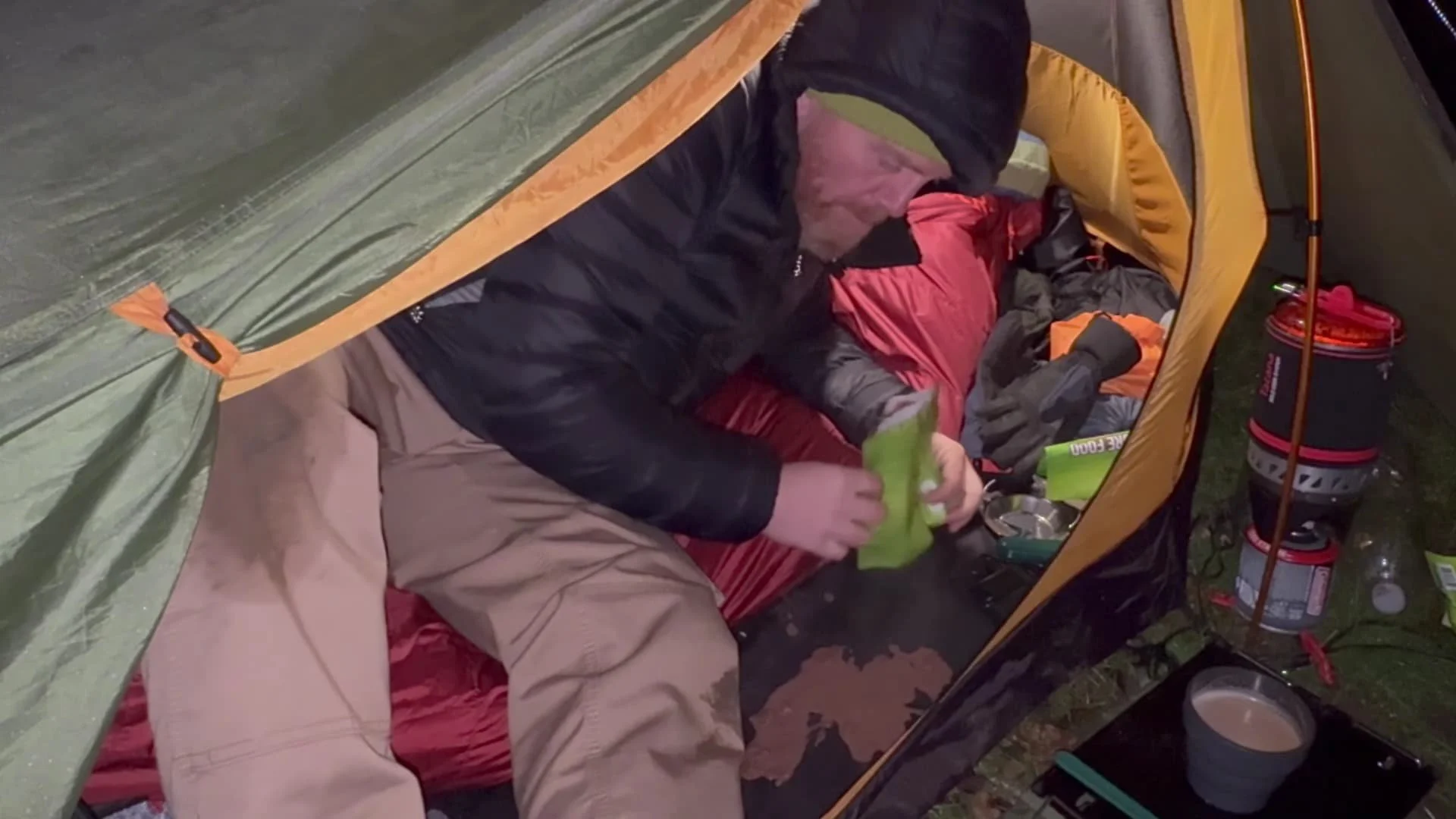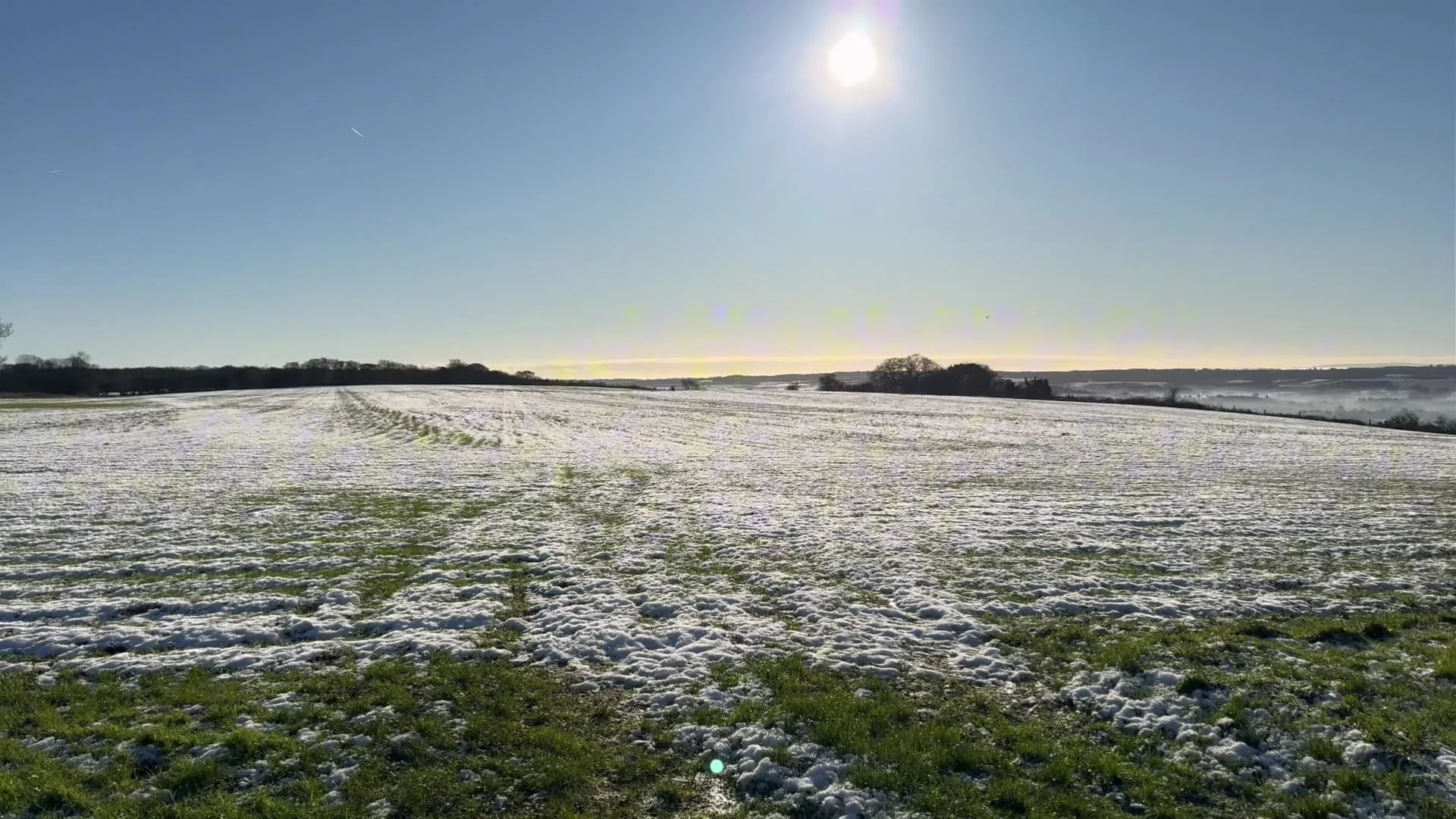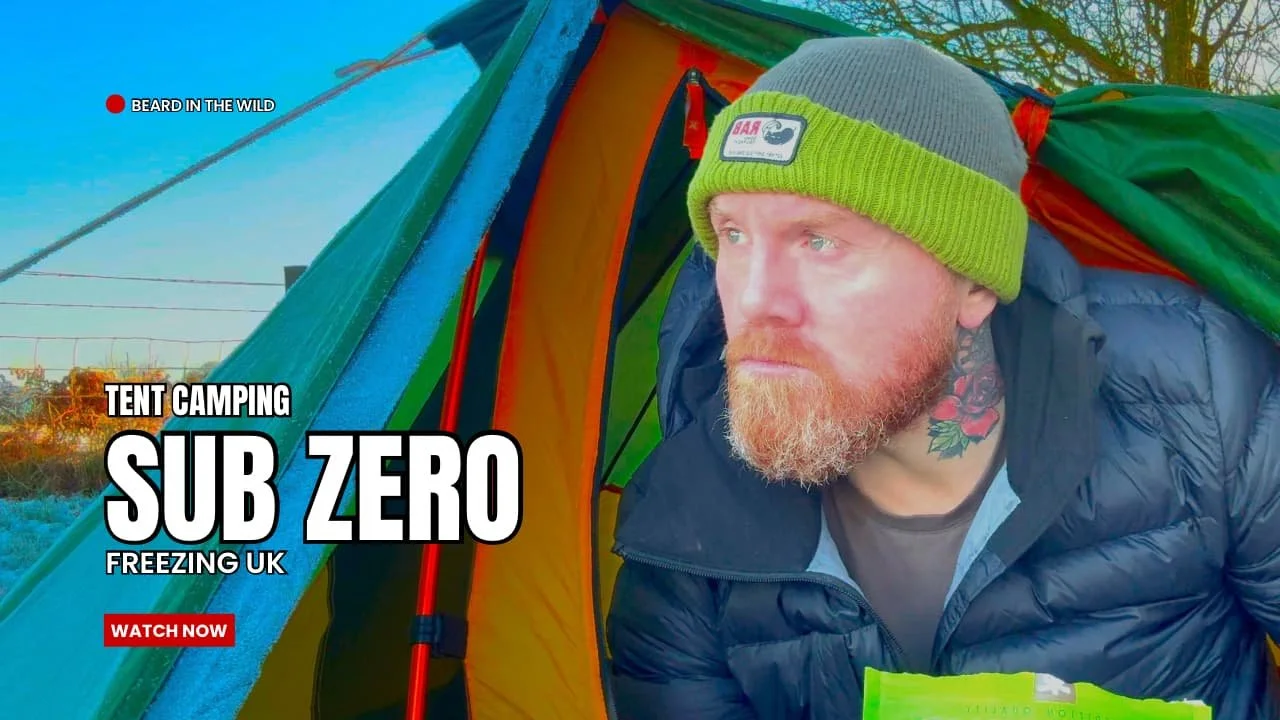How I Survived a Sub-Zero Wild Camp in the UK
Staying Warm While Wild Camping UK: My Coldest Night Yet
There’s something both exhilarating and humbling about stepping into sub-zero temperatures, fully knowing you're going to spend the night in the wild. On January 11th, with the mercury reading -2°C and dropping to -6°C with wind chill, I set out on what would be my coldest wild camping trip yet — but also one of my most rewarding.
After learning the hard way during a failed winter wild camp the week before, I came prepared this time. In this post, I want to walk you through everything I did right (and still a few things I messed up) so you know exactly how to survive — and even enjoy — cold weather camping in the UK.
Gear Upgrades That Made the Difference
The Right Sleeping Bag for Sub-Zero Nights
The biggest game-changer? Upgrading from the trusty but bulky British Military Arctic bag to the Rab Ascent 900 down sleeping bag. This thing is rated for comfort down to -10°C, packs down tiny, and kept me toasty through the night.
Lightweight and highly compressible
Down insulation for superior warmth-to-weight ratio
Great investment for year-round UK camping
A Proper Jacket and Base Layers
Next up, clothing. I went with the Decathlon Forclaz down jacket — rated to -10°C and only £80. Throw in a Rab beanie, SealSkinz gloves, and their brilliant head gaiter, and you’re talking serious warmth. Layering is everything.
What I wore:
Merino base layer
Forclaz down jacket
Waterproof outer shell (just in case)
SealSkinz gloves and gaiter
Two pairs of thermal socks
My Complete Cold Weather Camping Setup
Shelter and Sleep System
Tent: OEX Phoxx 2 (until my OneTigris Stella arrives)
Sleeping Bag: Rab Ascent 900
Sleeping Pad: OEX Flux 7R (R-value of 7.2 — excellent insulation from the ground)
Pillows: One cheap inflatable and one soft camping pillow for comfort
Hand warmers: Cheap and cheerful heat boosts overnight
Cooking Kit and Meals
After lots of experimenting, I landed on the OEX Takana Solo Stove Set. It’s essentially a budget Jetboil with nearly identical performance.
Neoprene-insulated cook pot
Fast boil time (under 3 minutes)
Compact and durable
Meals:
Dinner: Minced beef hot pot (dehydrated) — tasted like baby food
Dessert: Mousse au chocolat — ended up all over my jacket and face
Breakfast: Expedition freeze-dried meal — actually tasty
Tip: Don’t rely solely on dehydrated meals unless you’ve tested them before.
Lessons From My Last Failed Wild Camp
A few weeks before this trip, I failed miserably. The temperature was only 3°C, but I was underprepared. I didn’t have the right layers, my sleeping bag was inadequate, and I couldn’t make a fire.
Biggest mistakes:
Cotton base layer (held moisture and made me cold)
No down insulation
Poor site selection with high wind exposure
Underestimated how hard it is to warm up once you’re cold
This time? I nailed my layers, had hand warmers ready, chose a sheltered spot, and actually enjoyed the freezing conditions.
Tips for Surviving Sub-Zero Camps
Invest in a down sleeping bag (Rab, Alpkit, or similar)
Layer properly: base, insulation, shell
Seal gaps: Neck gaiters and wrist coverage matter
Use a high R-value sleeping pad (at least 5.5+ for freezing temps)
Test your food before relying on it
Keep dry clothes in a dry bag for bedtime
Don’t skimp on gloves: Your hands will thank you
Wet wipes: the unsung hero of winter camping
Key Takeaways
Proper gear is the difference between failure and comfort
Down insulation (sleeping bag and jacket) is worth every penny
Always plan for colder-than-expected conditions
Dehydrated food isn’t always the best choice
Wet wipes fix almost everything (including your face after a mousse disaster)
Final Thoughts: Worth Every Frozen Moment
This trip felt like redemption. I proved to myself that with the right gear and preparation, winter wild camping in the UK is not only possible but deeply enjoyable. There’s nothing quite like watching your breath in the cold morning light, tucked into a sleeping bag that did its job perfectly.
Have you braved freezing temperatures while wild camping? Got any gear tips or hilarious freeze-ups like my chocolate mousse moment? Let me know in the comments below — I’d love to hear your stories.
Thanks for reading, and stay wild.
Watch the Video of this Blog Post!
Thank you so much for taking the time out of your busy day to read this captivating camping blog! If you found it interesting and want to explore more, you can check out the entertaining video version of this post. If you enjoy it, please feel free to subscribe to my YouTube Channel for exciting future updates and more outdoor adventures!
Suggested Reading
Wild Camping UK: My Tent Journey from Freebie to £1,000 Hilleberg
A full breakdown of every tent I’ve used—starting with a freebie and ending with the Hilleberg.Bivvy Camping UK: My First Experience Sleeping Wild in a Bivvy Sack
One of the most minimalist ways to camp—and surprisingly comfortable.Hammock Camping on the North Downs Way
A peaceful tree-hung escape with one of the best views in the UK.Hammock Camping in Storm Bert – Wild Camping UK Challenge
Camping in brutal winds and rain—here’s how the hammock held up.Kilos Gear Rover Light X Review: Best Camping Light?
My go-to camping light: compact, bright, and built like a tank.








Carbon monoxide is the most overlooked killer in camping. Here's how to avoid disaster and stay safe with real tips and tested gear.